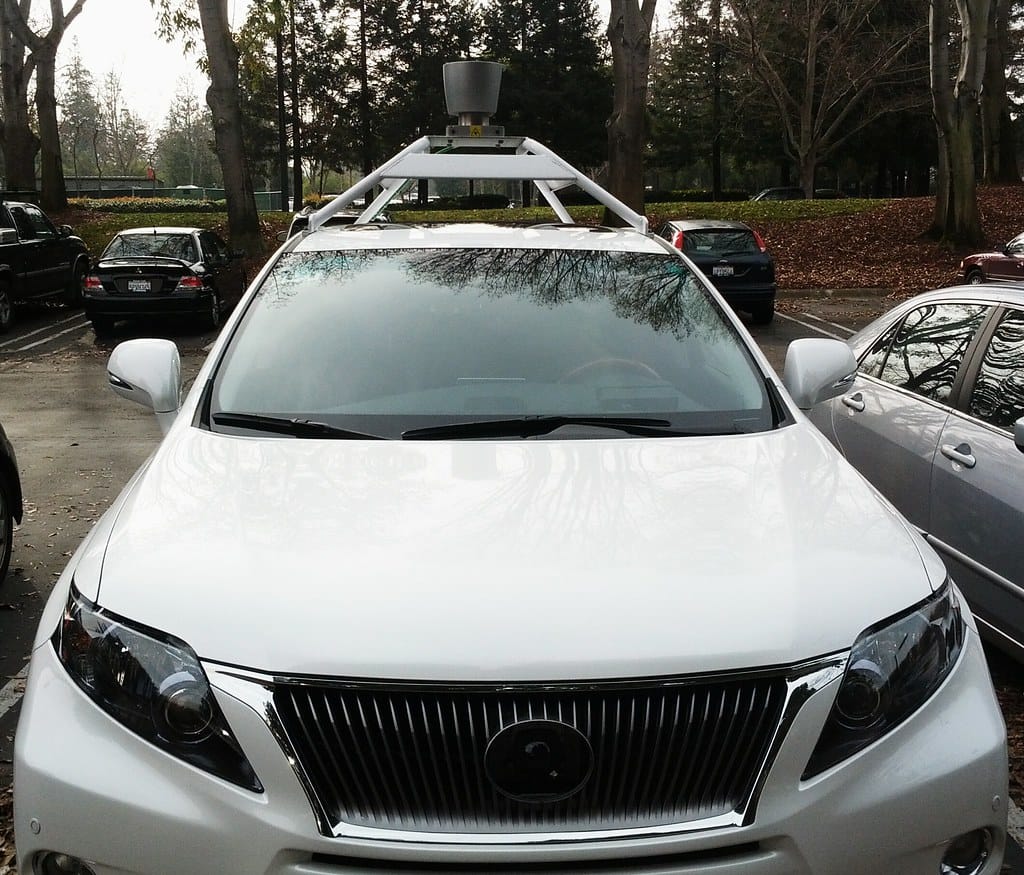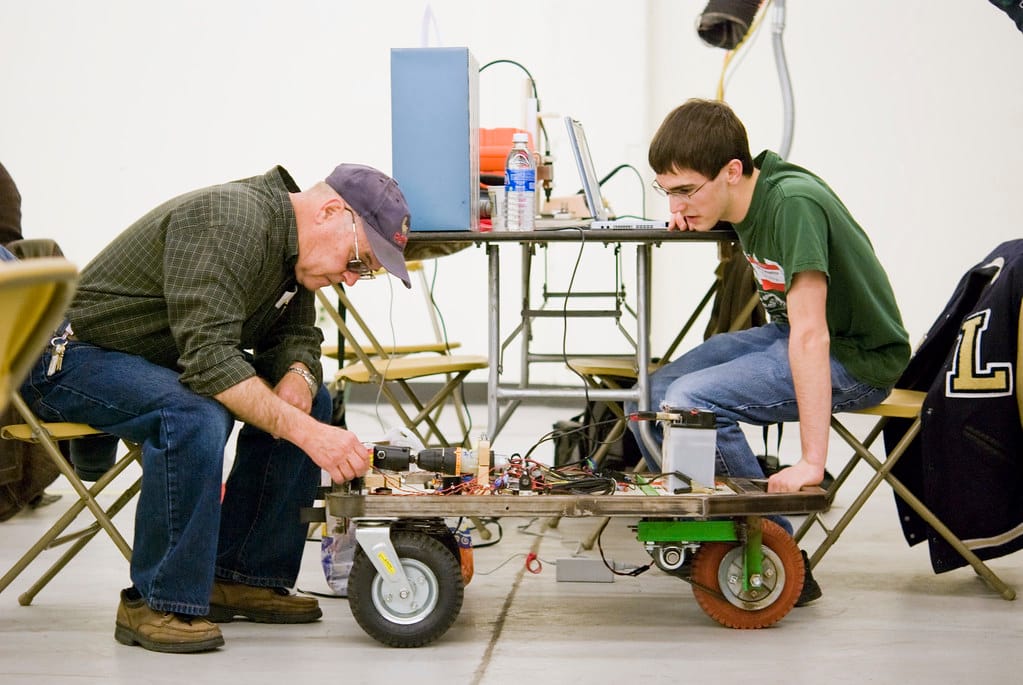Stellantis Hits the Brakes: Automaker Shelves Ambitious Level 3 Self-Driving Program
The automotive giant's decision to pause its advanced driver assistance development reflects broader industry challenges in the race toward autonomous vehicles.
Stellantis, the multinational automotive corporation behind brands like Jeep, Ram, Chrysler, and Peugeot, has quietly shelved its Level 3 driver-assistance program, marking a significant strategic shift in the company's autonomous vehicle ambitions. The decision comes as the automotive industry grapples with mounting technical challenges, regulatory hurdles, and escalating development costs in the pursuit of self-driving technology.
What Level 3 Automation Means
Level 3 autonomous driving, as defined by the Society of Automotive Engineers (SAE), represents a critical milestone in vehicle automation. Unlike Level 2 systems that require constant driver supervision, Level 3 technology allows drivers to temporarily disengage from active monitoring while the vehicle handles all driving tasks under specific conditions. However, the human driver must remain ready to take control when the system requests intervention.
This "conditional automation" level has proven to be one of the most challenging to implement safely and effectively, requiring sophisticated sensor arrays, advanced artificial intelligence, and fail-safe systems that can seamlessly transition control between machine and human.
Industry-Wide Struggles
Stellantis isn't alone in facing Level 3 development challenges. The automotive industry has witnessed several high-profile setbacks in autonomous vehicle programs over the past few years. Ford discontinued its self-driving taxi service, Argo AI, in 2022 after investing billions. Similarly, Uber sold its autonomous vehicle division to Aurora in 2020, while General Motors has repeatedly delayed the launch of its Cruise robotaxi service.
The technical complexity of Level 3 systems creates what experts call the "handover problem" – the dangerous gap that occurs when automated systems need to quickly return control to potentially distracted or disengaged drivers. This challenge has led some manufacturers to skip Level 3 entirely, jumping directly to Level 4 automation where human intervention isn't required.
Financial and Strategic Implications
The decision to shelve the Level 3 program likely reflects Stellantis's need to reallocate resources toward more immediate priorities. The company has been investing heavily in electric vehicle development, with commitments to achieve carbon neutrality by 2038 and significant electrification goals across its brand portfolio.
Developing Level 3 systems requires substantial ongoing investment in research and development, specialized talent acquisition, and extensive real-world testing programs. Industry analysts estimate that major automakers spend between $1-3 billion annually on autonomous vehicle development, making it a significant financial commitment with uncertain returns.
Regulatory and Legal Challenges
The regulatory landscape for Level 3 vehicles remains fragmented and evolving. While some jurisdictions like Germany and Japan have approved Level 3 systems for limited use, the United States lacks comprehensive federal regulations governing these technologies. This regulatory uncertainty creates additional risks for manufacturers investing in Level 3 development.
Furthermore, questions around liability in Level 3 accidents remain largely unresolved. When a semi-autonomous system fails and causes an accident, determining responsibility between the manufacturer, software developer, and human driver becomes legally complex.
Focus Shifts to Core Competencies
By stepping back from Level 3 development, Stellantis appears to be following a more conservative approach, focusing on perfecting Level 2 systems while watching industry leaders navigate the challenges of higher automation levels. This strategy allows the company to concentrate on its core strengths in traditional automotive manufacturing while maintaining flexibility to adopt proven technologies developed by others.
The company continues to offer advanced driver assistance systems (ADAS) across its vehicle lineup, including adaptive cruise control, lane keeping assistance, and automated emergency braking – features that provide immediate consumer value without the complexity of Level 3 automation.
Looking Ahead
Stellantis's decision reflects the sobering reality that the timeline for widespread autonomous vehicle adoption continues to extend beyond initial industry projections. While the technology remains promising, the path to safe, reliable, and profitable Level 3+ systems has proven more challenging than anticipated.
This strategic pivot allows Stellantis to focus resources on electric vehicle development and other emerging technologies while avoiding the potentially costly pitfalls that have ensnared other manufacturers in the autonomous driving space. As the industry continues to evolve, this measured approach may ultimately prove prescient, allowing the company to adopt mature autonomous technologies when they become commercially viable rather than bearing the full cost of development.

